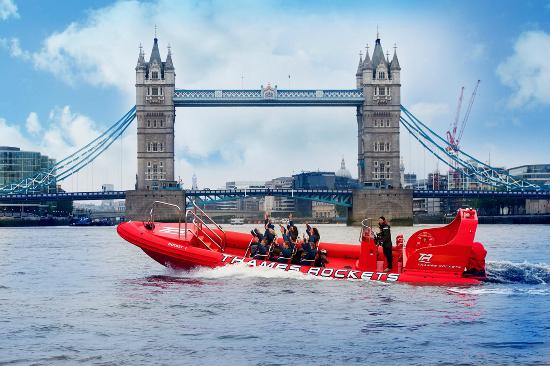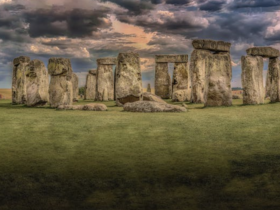A RIB is a rigid-hulled inflatable boat, also known as a rigid inflatable boat. These boats are lightweight wise, but are capable of high speeds and are both stable and seaworthy. A RIB is constructed with a solid hull and flexible tubes at the gunwale; there is also an inflatable collar which allows the boat to stay afloat even if a large quantity of water enters the body of the vessel.
Here are some ideas for RIB trips Oban for your next vacation or tour.
Seafari Adventures has two cabin RIBS called the Celtic Voyager and the Celtic Navigator, which are powered by twin 300 HP engines. These RIBS depart from Oban on whale watching tours, runs out to Staffa and Iona, Colonsay, and the Garvellach Islands. The top speed of these RIBS is 40 knots, and the cruising speed is 25 knots. Individual seating is available for all inside the cabin; the cabin provides easy access to the foredeck as well.
Coastal Connection is based in Oban and also has two RIBS; one is called the Rannochmor and the other one is known as the Power of Scotland. The Rannochmor seats 12 passengers and 2 crew members; it has a cruising speed of 30 knots. The Power of Scotland has 6 jockey seats, a 2 person bench, and room for 6 more (standing only); it also has a cruising speed of 30 knots.
Staffa Tours (also known as Gordon Grant Marine Boat Tours) has three RIB tours that depart from Oban on a daily basis, including a three isles excursion (will not resume operation until the spring of 2013), a wildlife cruise to the Treshnish Isles and Staffa (again, will not resume operation until the spring of 2013), and a three isles ‘early bird’ excursion (also will not resume operation until the spring of 2013).
Scotland Sea Adventures offers a RIB trip that departs from Easdale which is a small island close to Oban. The first stop on this trip is Fladda Lighthouse, which was built in 1860 along with 2 small cottages for the lighthouse keepers to live in; Fladda is a small island off the west coast of Scotland.
In summary, RIB trips Oban are a great way to see the coast of Scotland, although they probably shouldn’t be taken into the Corryvreckan Gulf as the weather and water conditions in the gulf are extreme.
























